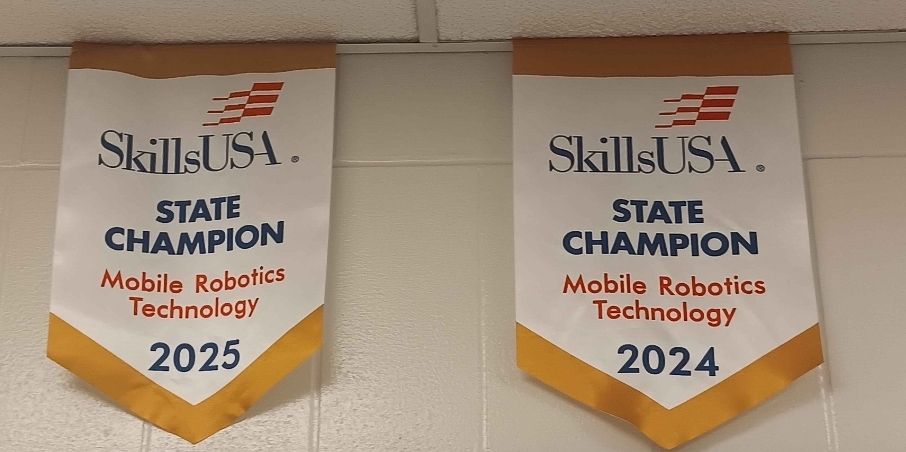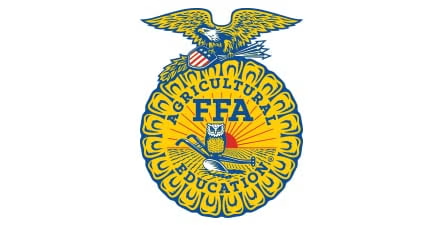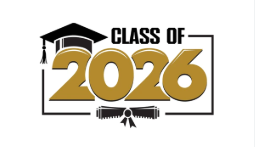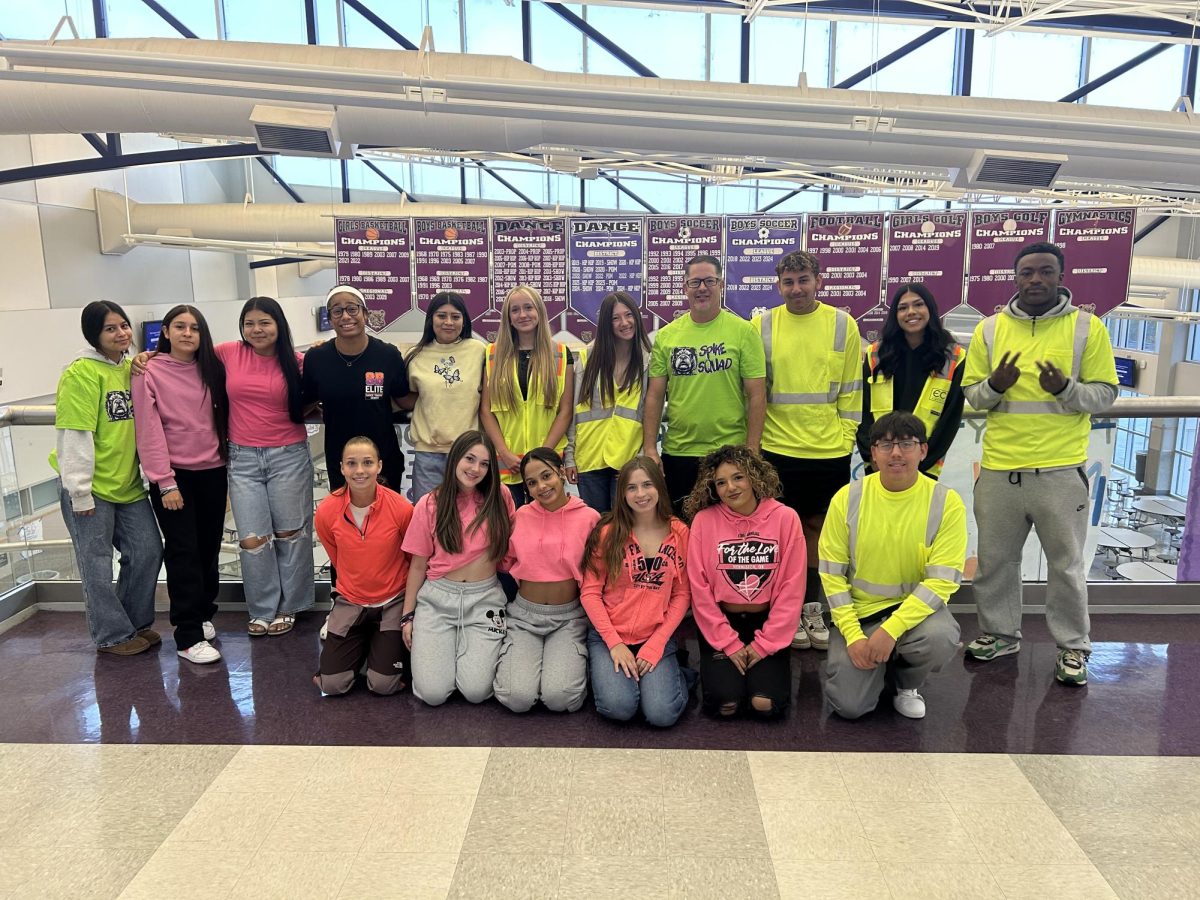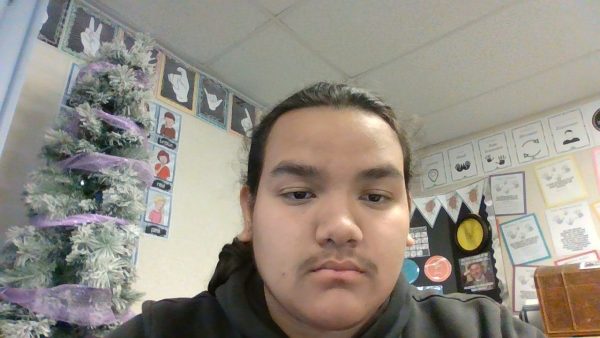Did you know that our robotics program at Pasco High School has a two-win streak in the VEX Robotics Competition for mobile robotics technology? We are also planning to use the new VEX drones that were released this year for competitions next year in the upcoming VEX Robotics competition. However, this year will be a bit different due to the teacher change from Mrs. Sharpe to Mr. Brown, a former math teacher at PHS who is now teaching robotics. There are currently four robotics classes: Robotics 1, 2, 3, and 4.
In the beginning classes, Robotics 1 and 2, students learn the basics of robotics by building their first claw bot, known as the EXP claw bot. They will tackle fundamental challenges, including basic delivery missions, while learning how to control the claw bot’s movements and manage coding. During an interview with Mr. Brown, he explained Robotics 1 and 2 as follows: “Robotics 1 and 2 focuses on the principles of robotics and primarily on computer programming. It’s where we learn about the main components of robotics, why the world uses robots, what defines a device as a robot, and how they interact with the world and with humans.”
When asked about the activities in Robotics 1 and 2, Mr. Brown said, “We start off by building a simple robot, like the claw bot, which has two drive motors, an articulating arm that moves up and down, and a claw that opens and closes. This allows for a considerable range of movement. The primary focus of the course is actually programming the robot to move and controlling it autonomously, so it acts as a robot rather than just an RC car or a simpler electronic device.”
Regarding Robotics 3 and 4, Mr. Brown elaborated on what is done before, during, and after competitions. “Robotics 3 and 4 are primarily competition-based and project-oriented classes. Students have already gone through the programming and basic building in Robotics 1 and 2, so they are given design constraints based on the game announced each year. They then create their own robots, often drawing inspiration from the internet or other previously built robots. It’s up to them to solve the problem. During competitions, four schools team up with two schools forming alliances. The aim is to earn the most points to win the match. The competition includes additional elements, such as interviews and grading of engineering notebooks, so it’s possible to win based on better interviewing skills or a more comprehensive notebook, even if the gameplay isn’t perfect. In the future, I hope to expand Robotics 3 and 4 to include drones since the company released them this year. With luck, we might have drone competitions next year, which would be really exciting.”
If you decide to take robotics next year, whether for science credit, as part of your CTE pathway for graduation, or just for fun, know that the robotics program will be packed with activities!

